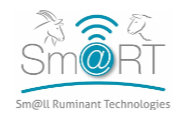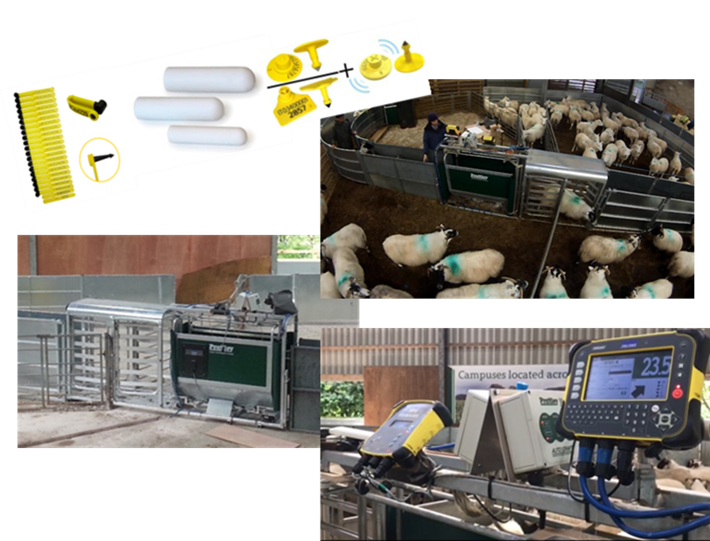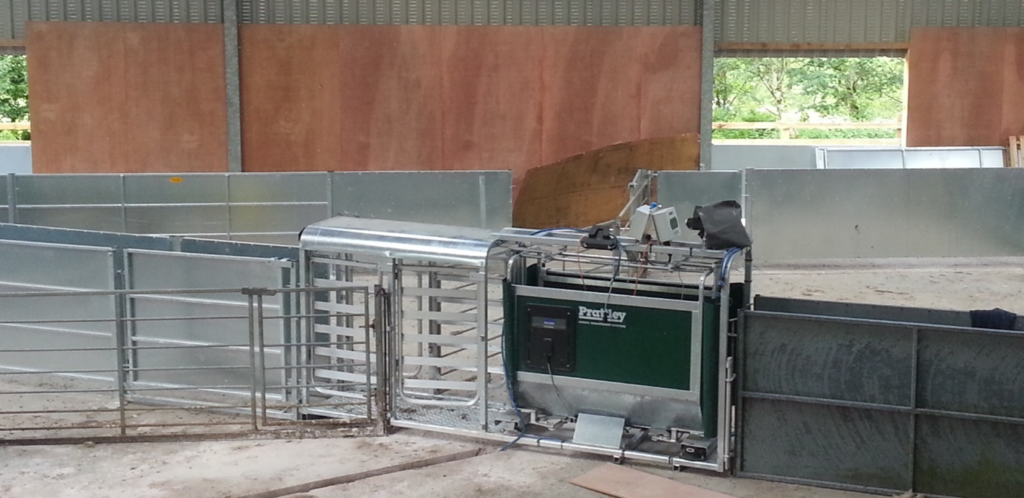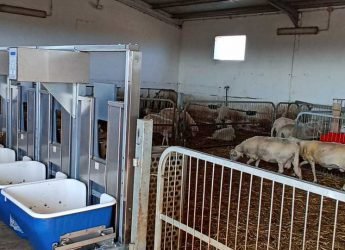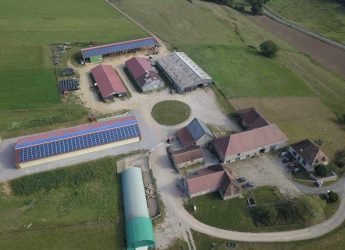Need:
- Deciding on feeding groups / links between the state of the animals & feeding
- Auto drafting ewes for nutrition management
- Recognising and/or weighing your sheep automatically
- Lamb weighing (in barn and also in pasture)
- Animal sorting, manipulations, moving
- Drafting fat lambs / lambs to keep
- Timely weaning
Aim:
To help and/or improve flock management, during a number of different tasks throughout the production year, using a weigh crate that can read the electronic identification (EID) ear tag/bolus of an animal.
Description:
A weigh crate that has EID reading capabilities which, when combined with an electronic weigh head, can identify each animal when it is weighed by its EID ear tag / bolus. These systems can be fixed in one position or included in mobile handling systems.
How to implement:
Depending on the capabilities of the electronic weigh head used, weigh data and additional information can be recorded and stored on the weigh head. If the weigh crate is an auto-drafter, the weigh head can automatically draft animals into pre-determined groups. If the weigh crate is not an auto-drafter, the weigh head can advise which direction the animal should be drafted to (which the user then does manually).
Data can then be downloaded on to a computer. Ideally when setting up the weigh head, information relating to all animals in the flock is uploaded (for example their EID tag/bolus number, sex, breed, year of birth, management group etc.).
Before each weighing session, the user should decide what drafting criteria they wish to implement. Examples include criteria can be based on the weight of each animal (for example over a certain weight for identifying animals ready for slaughter); the pregnancy scanning result for each animal (splitting animals in to different feeding groups based on the number of foetus identified at scanning); the body condition score of the animal (for example splitting leaner animals into a separate group for preferential feeding) or by management group (for example identifying individual ewes to go in to certain mating groups).
Once the weigh head has all the information entered that the criteria set requires, it will either auto-draft the animal into the correct pen or it will indicate which pen the animal should go to.
Expected benefits:
- Improved flock record keeping
- Data collected for each individual animal.
- Labour and time saving
- Reduced stress and handling
- Improved flock efficiency
- Improved health and welfare
- Useful for breeding programmes
Prerequisites and/or limits:
- All animals must be EID tagged
- Suitable handling facilities
- Power supply
- Purchase costs can vary considerably (from simple manual weigh crates and weigh heads to crates with auto-drafting capabilities and more complex weigh head capabilities)
- Requires training to get the most from the system
Cost / Benefit Analysis
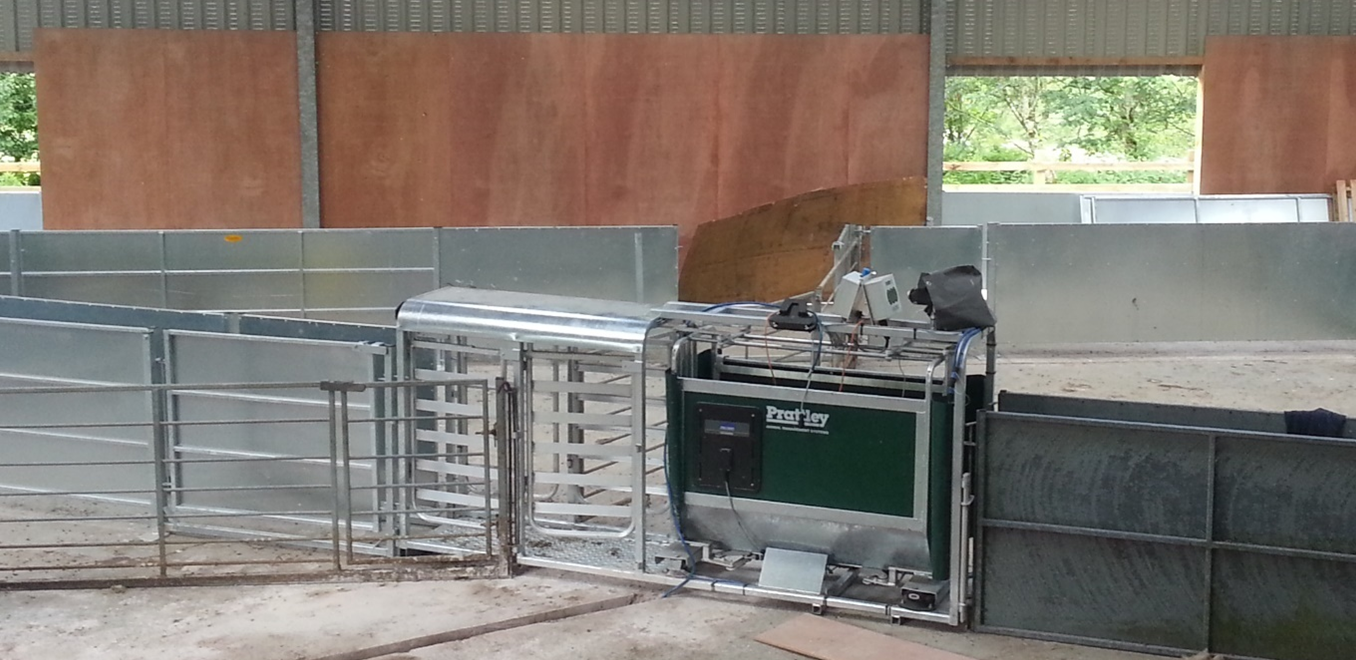
Country:
UK
Production system (Dairy or/and meat sheep/goat):
Meat Sheep
Category of Animal (ewe, goat, replacement, lamb, kid):
All
